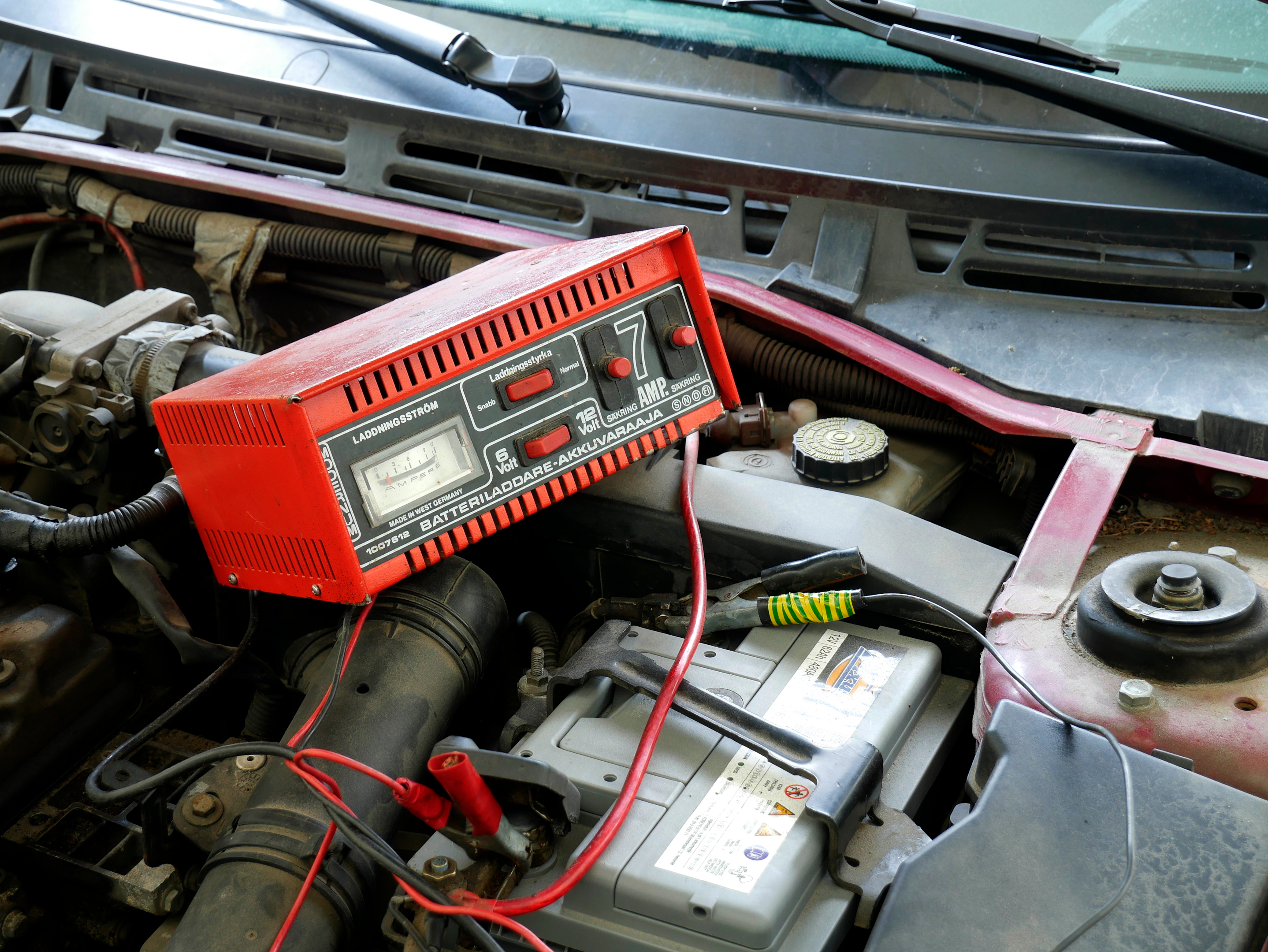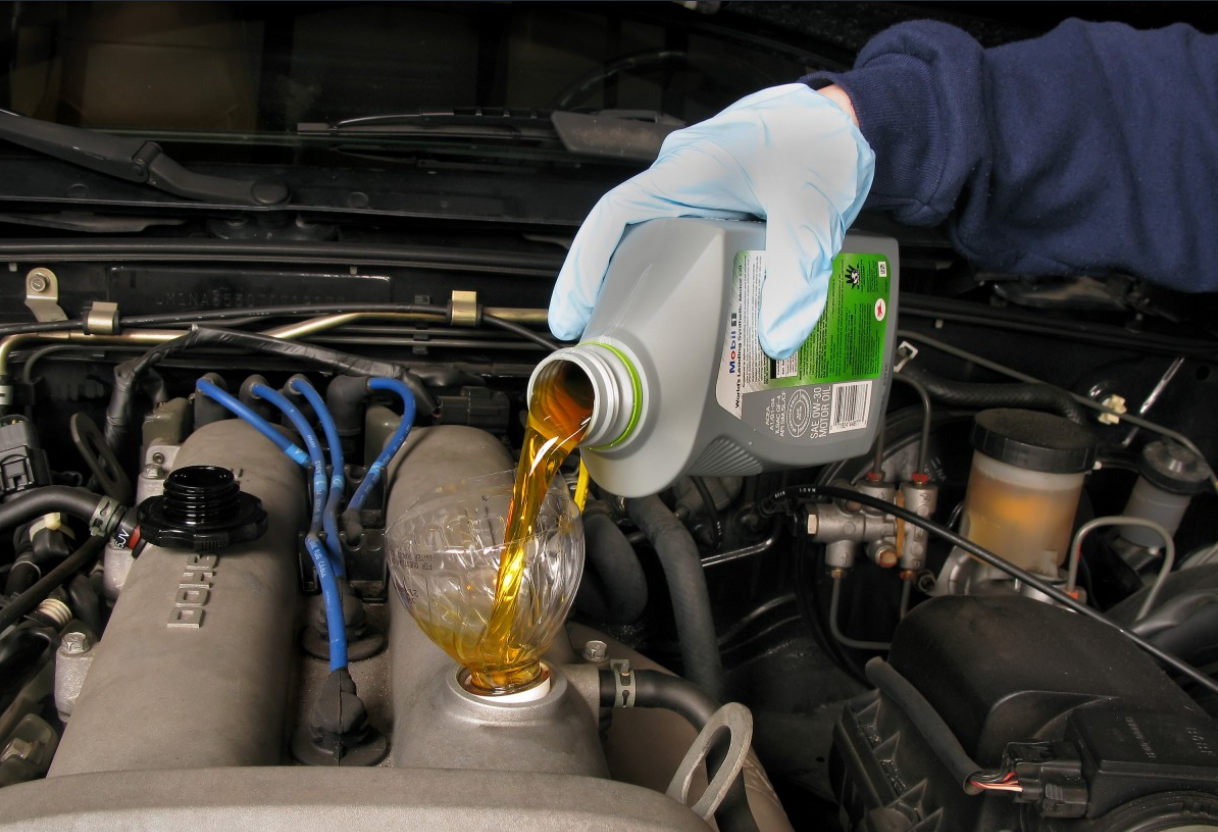Imagine you have to travel for several months or store your precious classic car during the winter season. What happens when your vehicle sits idle for an extended period? How can you ensure it remains in good condition? In this blog post, we’ll explore “how long can you not move a car” without causing damage and provide practical vehicle storage tips to keep your car in top shape.
Key Takeaways
- Determining the maximum time a car can be left stationary without incurring damage is dependent on factors such as weather conditions, vehicle preparation and ongoing maintenance.
- To maintain battery life, use trickle chargers or battery maintainers and disconnect the battery during long-term storage. Tire care should include regularly checking pressure and occasionally moving the vehicle while parked for an extended period to prevent flat spots.
- Comprehensive auto insurance coverage is recommended when storing a car. Before starting it after storage inspect for leaks/pests, reconnect batterysystems & check convertible top for holes.
Determining the Maximum Time for a Stationary Car

Leaving your car parked for a long period may lead to several issues like a dead battery, flat spots on tires, or rust build-up. As a rule, a car shouldn’t be left parked for more than two weeks without starting. Yet, the exact timeframe before a stationary car incurs damage is contingent upon factors such as weather conditions, vehicle preparation, and ongoing maintenance.
Factors influencing parked duration
Extreme temperatures, fuel stagnation, and mold accumulation can impact the parked duration of a car. Moreover, if your car sits stationary for an extended period, the tires may develop flat spots, and brake pads may become corroded. In warmer climates, ensure the fuel tank is free from contamination or rust, and contemplate component replacements for belts and hoses prior to operating the vehicle. Rubber components may suffer from drying out and cracking due to natural aging, and the exhaust system may accumulate moisture and rust.
After the initial few drives, monitor for any leaks or fractures to confirm no fluid is being lost and ensure proper expulsion of exhaust fumes.
General rule of thumb
Avoid leaving a car parked for more than two weeks without starting it to prevent potential parking enforcement issues in certain areas. For maintaining your car during short-term parking, it’s recommended to drive a minimum of 10 miles, including some highway speeds, and observe appropriate driving etiquette such as adhering to traffic lights and speed limits.
This advice also applies to truck drivers who may need to engage their parking brake when leaving their vehicles parked for extended periods, especially near a traffic light.
Maintaining Your Car’s Battery Life

Your car’s battery life is crucial during extended periods of inactivity. Driving allows for the battery to recharge, thus aiding in preserving its expected battery life. However, if your vehicle is not used frequently, the battery may become depleted over time, especially in colder climates.
Consider using trickle chargers or battery maintainers and disconnecting the battery to help maintain its life during long-term storage.
Trickle chargers and battery maintainers
Trickle chargers or battery maintainers help preserve the charge of a battery during storage. While a battery maintainer is designed to keep the battery fully charged, a trickle charger gradually recharges the battery over time.
When using a battery maintainer on a stored car, make sure to:
- Switch the charger off before plugging it in.
- Follow the instructions for charger connection.
- Guide the cable into the engine compartment.
- Keep the battery maintainer connected to the car battery while the vehicle is stored.
Disconnecting the battery
For long-term storage, disconnecting the battery is a key step in preserving its lifespan. This prevents the electrical systems from entirely draining the battery and prolongs its life cycle by conserving the stored energy. When stored in a safe environment away from the vehicle, a detached car battery can be viable for up to six months, but it is advisable to recharge the battery approximately every 12 weeks.
Tire Care During Prolonged Parking

It’s important to maintain your tires when your car is parked for an extended period to prevent flat spots and potential damage. Prolonged parking can cause flat spots on tires, which can lead to permanent damage. To prevent this, tires should be inflated to the manufacturer’s recommended pressures and moved occasionally.
Alternatively, car owners can use axle stands, car ramps, or car dollies to reduce tire damage during storage.
Preventing flat spots
Flat spots on car tires during extended periods of parking result from the sustained pressure and weight of the vehicle on the same contact patch. Inflating tires to the recommended tire pressure helps distribute the weight of the vehicle more uniformly across the tire surface, preserving the shape of the tires during extended storage.
To avoid flat spots, consider moving the car forwards and backwards every two weeks.
Using tire supports
Tire supports, such as tire cushions or blocks, help prevent damage to car tires during prolonged parking by providing support and mitigating the risk of flat spots. To ensure proper utilization of tire supports, a tire support cushion should be placed beneath each tire, ensuring that the cushions provide even support to the tire, and the vehicle should be parked on a flat and level surface.
Tire supports are typically constructed from materials like:
- Polyester cord fabric
- Rayon cord fabric
- Nylon cord fabric
- Aramid cord fabric
These materials provide the tire with strength and durability, enabling it to handle the weight of the vehicle and retain its shape.
Preparing Your Vehicle for Long-Term Storage
When storing your vehicle for an extended period, thorough preparation is vital. Take into account factors such as:
- location
- daylight exposure
- theft potential
- the likelihood of bird droppings
when selecting a storage place.
A Carcoon, a long-term storage solution, ensures the car is sheltered, dry, and provides continuous air circulation. If no alternative exists to leaving your car parked outside, it is recommended that the car is fitted with a waterproof car cover or tarp.
Protecting the exterior
Before storing your car, ensure a thorough cleaning to remove any dirt, grime, and debris that could tarnish the paint and cause corrosion, thus protecting the car’s exterior. Apply a high-quality car wax, like P21S Carnauba Wax or Meguiar’s Ultimate Liquid Wax, to provide an additional layer of protection.
A car cover or a Carcoon can also help shield your car from the elements, hindering scratches, dings, and dust, while ensuring durability and safety. Additionally, a proper car sit can protect the interior from potential damage.
Fluid management

In preparation for long-term storage, it’s crucial to manage your car’s fluids. Ensure the gas tank is full and use fuel stabilizers to prevent the fuel from becoming stale. Change the engine oil, brake fluid, power steering, and other essential fluids before storing your car to maintain their efficacy.
Pest prevention

Pests like rodents can cause significant damage to your car during storage, such as gnawing on wires or constructing nests. To prevent infestations, use rodent repellents, seal any openings that may provide access for small animals, and remove food sources from the car.
Ultrasonic pest repellers are not very effective, so it’s better to use other methods, such as placing mothballs under the hood.
Insurance Considerations for Stored Cars
It is important to retain auto insurance for a stored car to ensure coverage against potential damage like fire, theft, or any harm covered by comprehensive insurance. Comprehensive-only coverage and comprehensive insurance are appropriate types of auto insurance coverage for a car in storage.
You may consider:
- Suspending the collision and liability portions of your coverage
- Retaining only comprehensive coverage
- Decreasing your premiums while still providing coverage for any damage during storage.
Starting and Driving Your Car After Storage
Upon removing your car from storage, follow these essential tips:
- Inspect for leaks and pests.
- Don’t forget to reconnect the battery.
- If the car has been in storage for a couple of years without additives, thoroughly flush the fuel system to eliminate any sludge deposits.
Inspect the convertible top for any holes and follow the proper procedure for reconnecting the car battery.
Summary
In conclusion, taking proper care of your car while it’s parked for an extended period is crucial to maintaining its condition and performance. By following the practical tips provided in this blog post, you can ensure your car remains in top shape during storage and is ready to hit the road again when you need it.
Frequently Asked Questions
How long can a car sit without moving?
Generally, you should not let your car sit without driving it for more than two weeks as technical difficulties may begin to surface. After one month, the battery can die, and if you leave it unattended for six months, it can cause severe (and potentially irreparable) damage to the engine.
Is it OK for a car to sit for a week?
It is generally not recommended to let a car sit idle for more than a week, as it can start to have issues such as battery drainage and fluid accumulation. It is best to start the car at least once a week and drive it around for a good 20 minutes.
Can you leave a car sitting for 3 months?
Without regular driving to keep the battery charged, your car’s battery will go dead in two or three months. To prevent this, make sure your vehicle gets regular use or consider an alternative charging solution.
How can I maintain my car’s battery life during extended periods of inactivity?
To maintain the battery life of your car during extended periods of inactivity, use a trickle charger or battery maintainer and be sure to disconnect the battery.
What should I do to prevent flat spots on my car’s tires during prolonged parking?
Inflate your tires to the recommended pressure and make sure to move your car around periodically to prevent flat spots from forming during prolonged parking.





 Who We Are
Who We Are Coverage Area
Coverage Area Donate
Donate